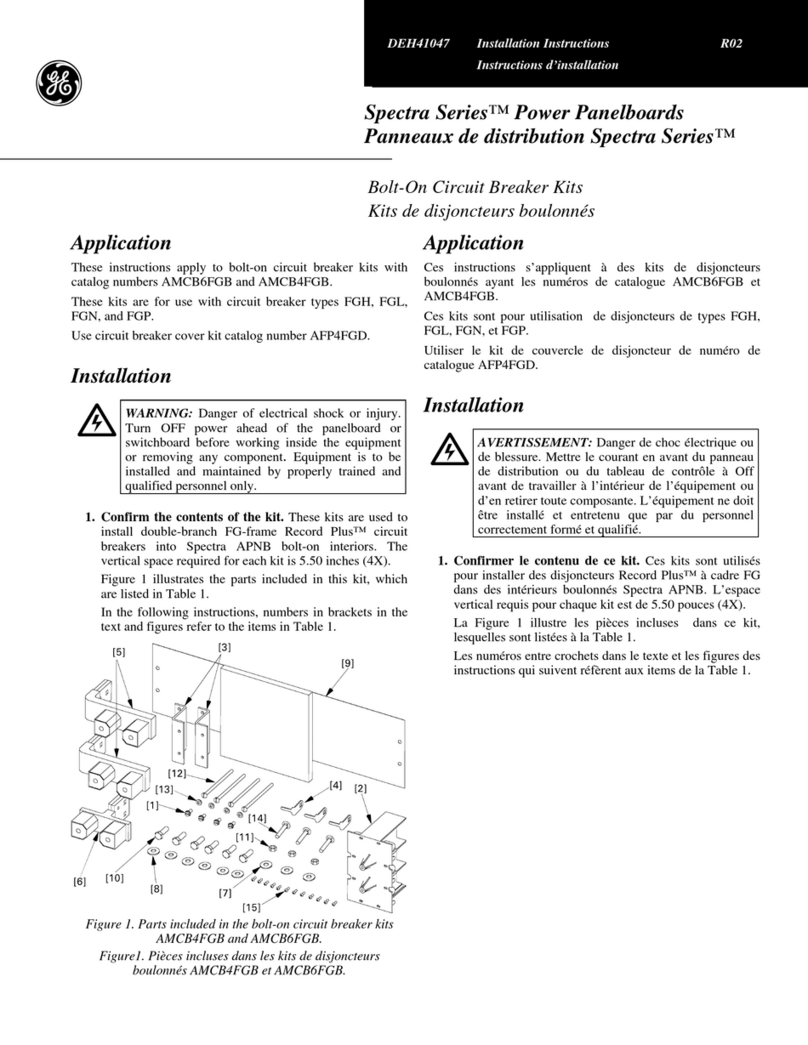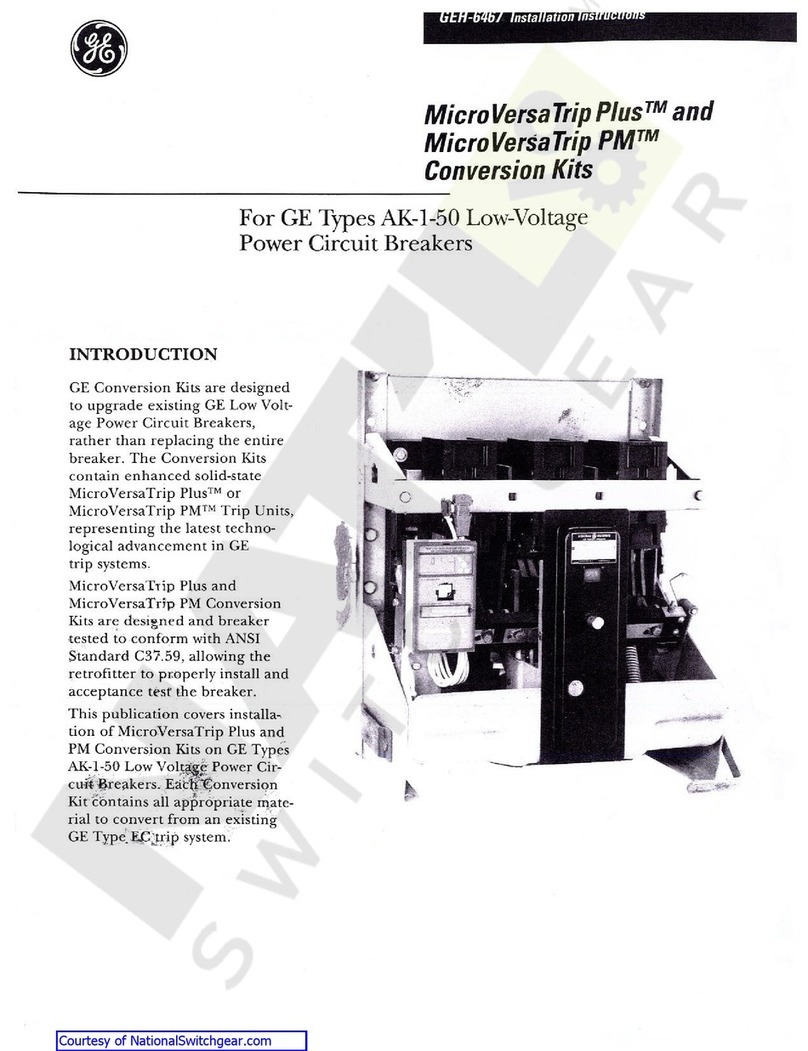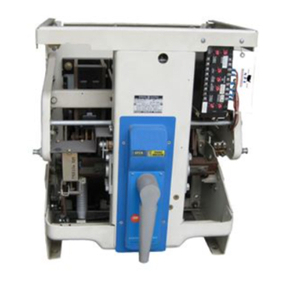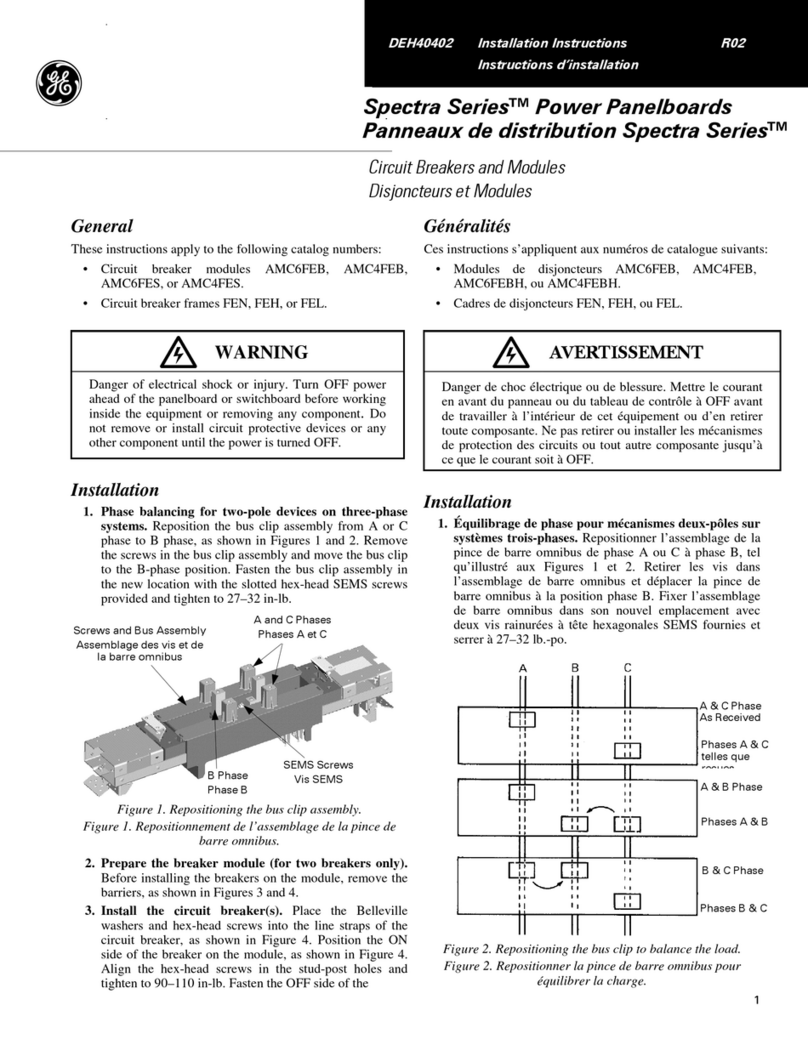GE MicroVersaTrip AKR-75 User manual
Other GE Circuit Breaker manuals
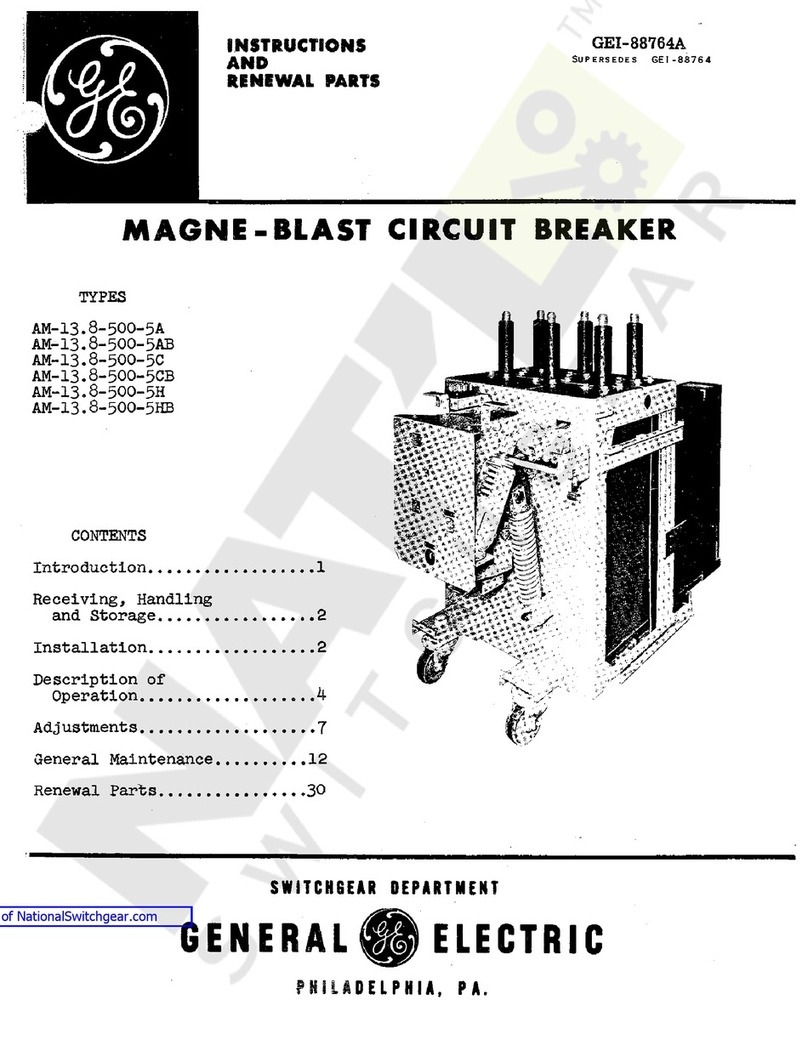
GE
GE AM-13.8-500-5A User manual
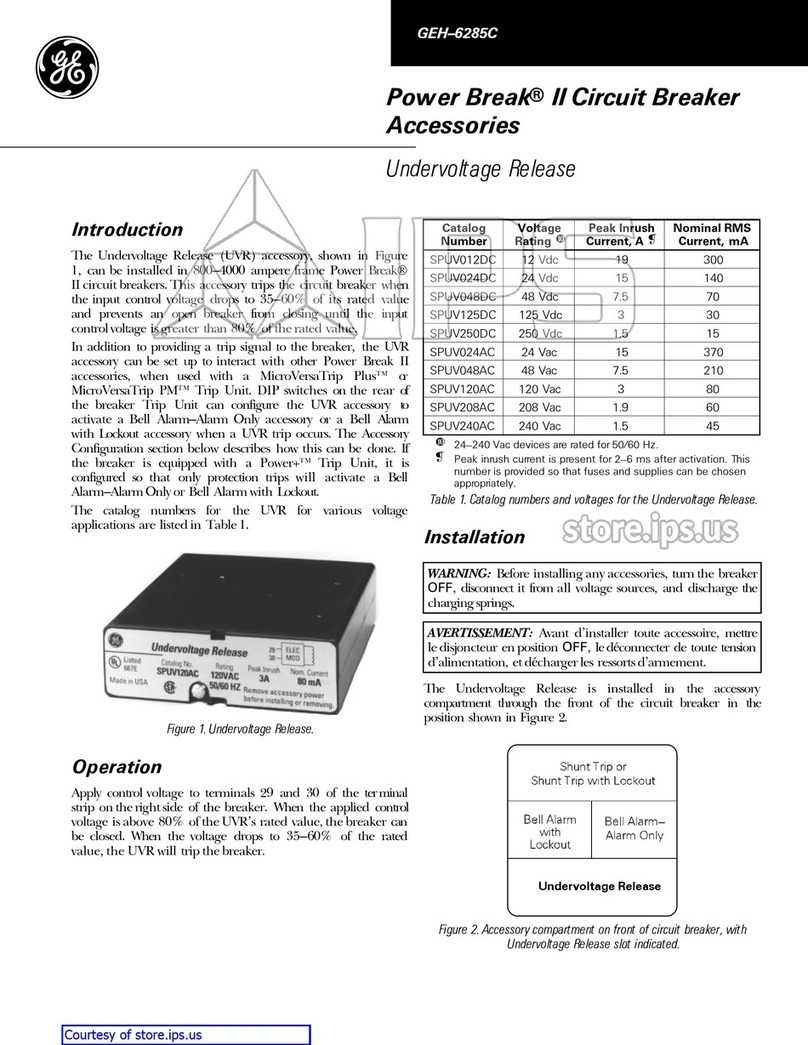
GE
GE Power Break II User manual
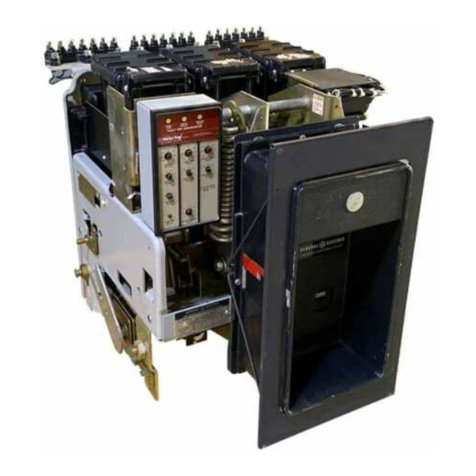
GE
GE AKR-30 Series User manual
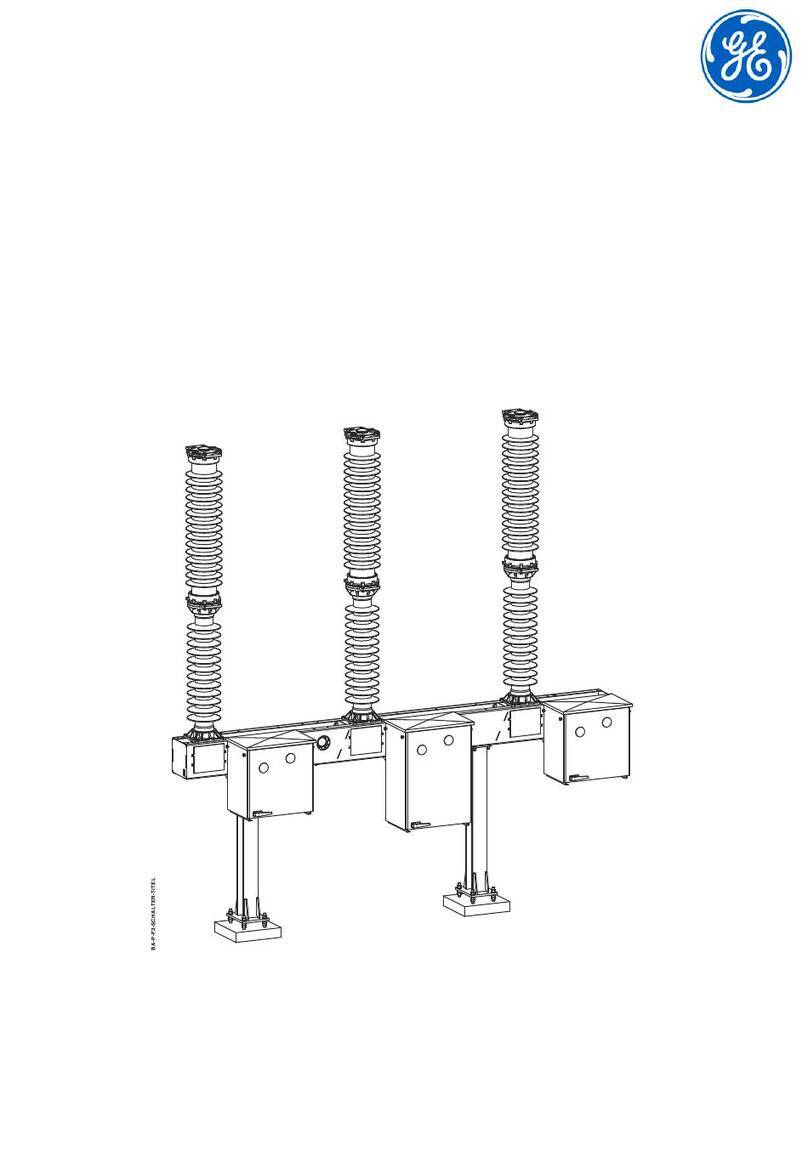
GE
GE GL 310 F3/4031 P/VR User manual
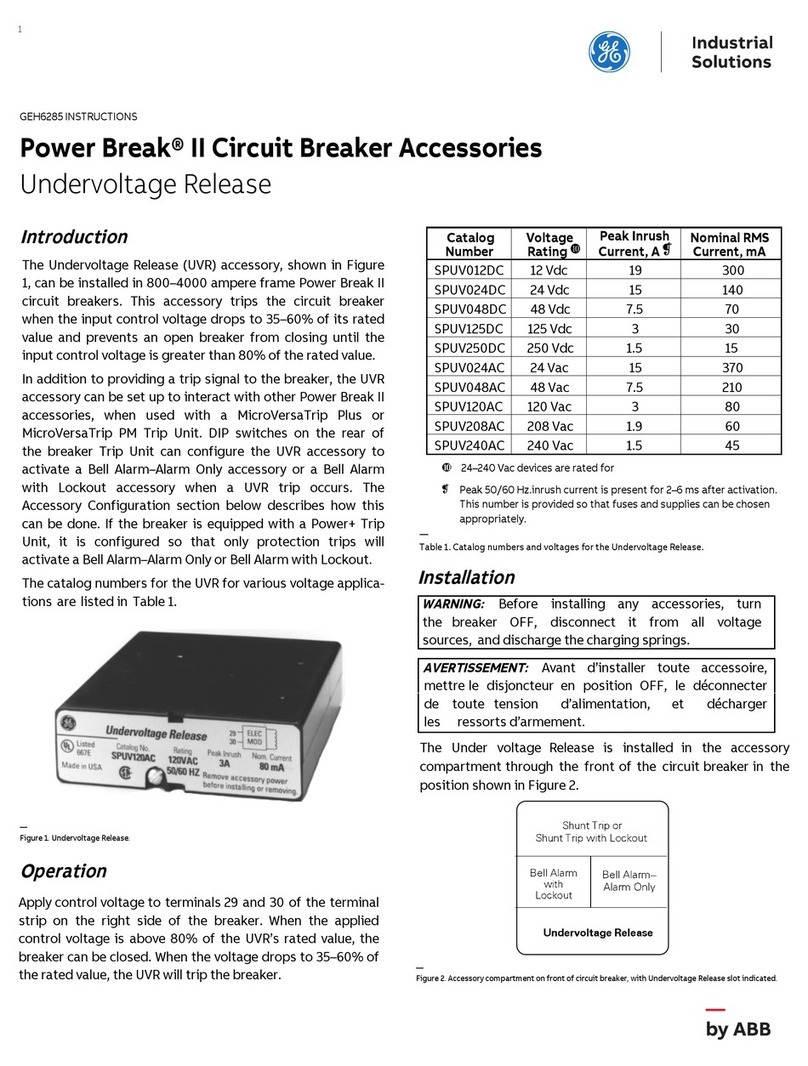
GE
GE Power Break II SPUV012DC User manual
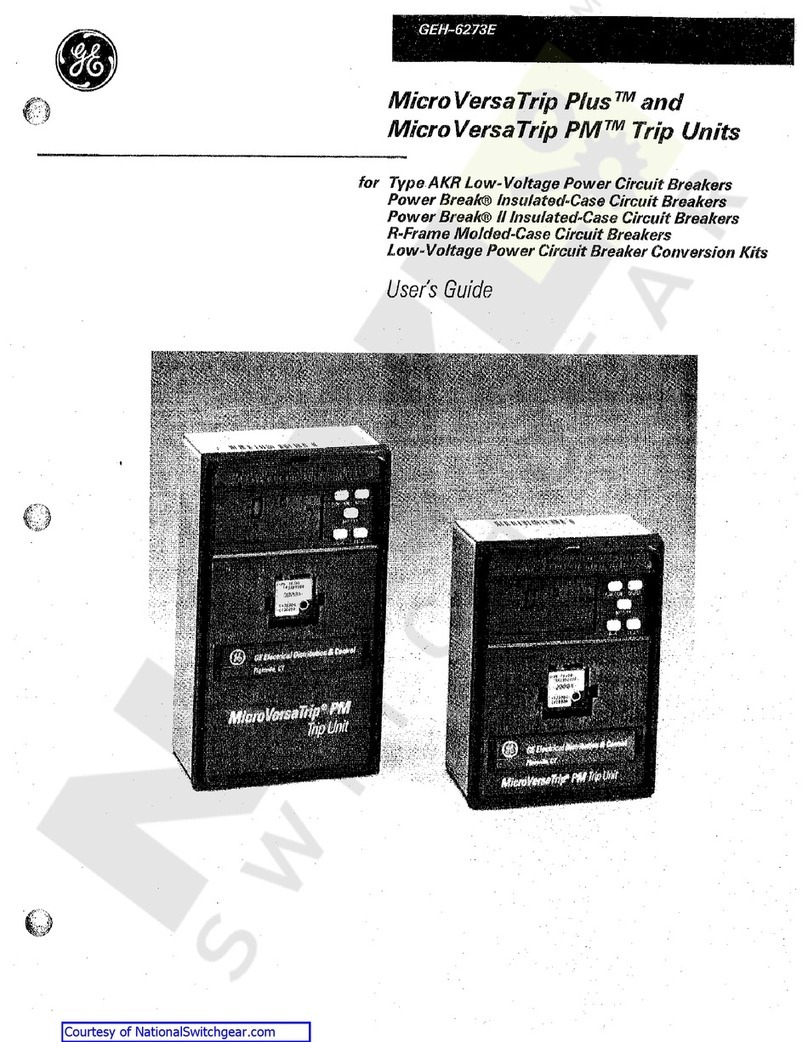
GE
GE MicroVersaTrip Plus User manual

GE
GE Power Break II User manual

GE
GE GL 310 F1/4031 P/VR User manual
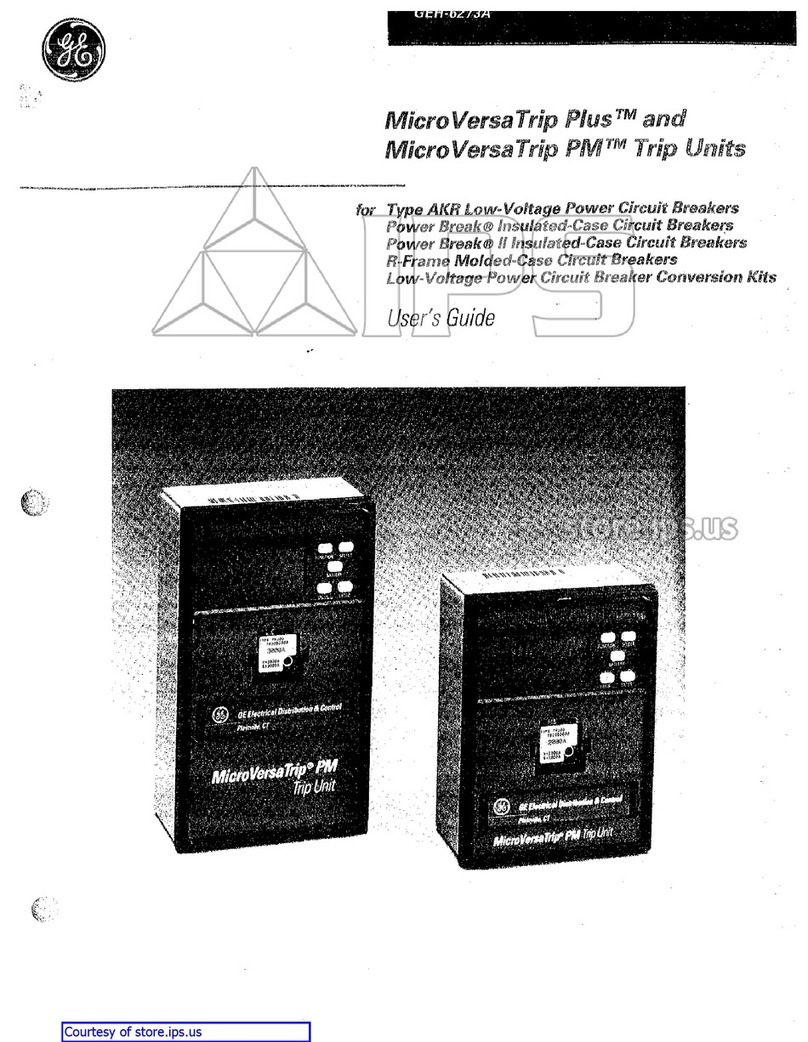
GE
GE MicroVersa Trip Plus User manual

GE
GE Shunt Trip User manual
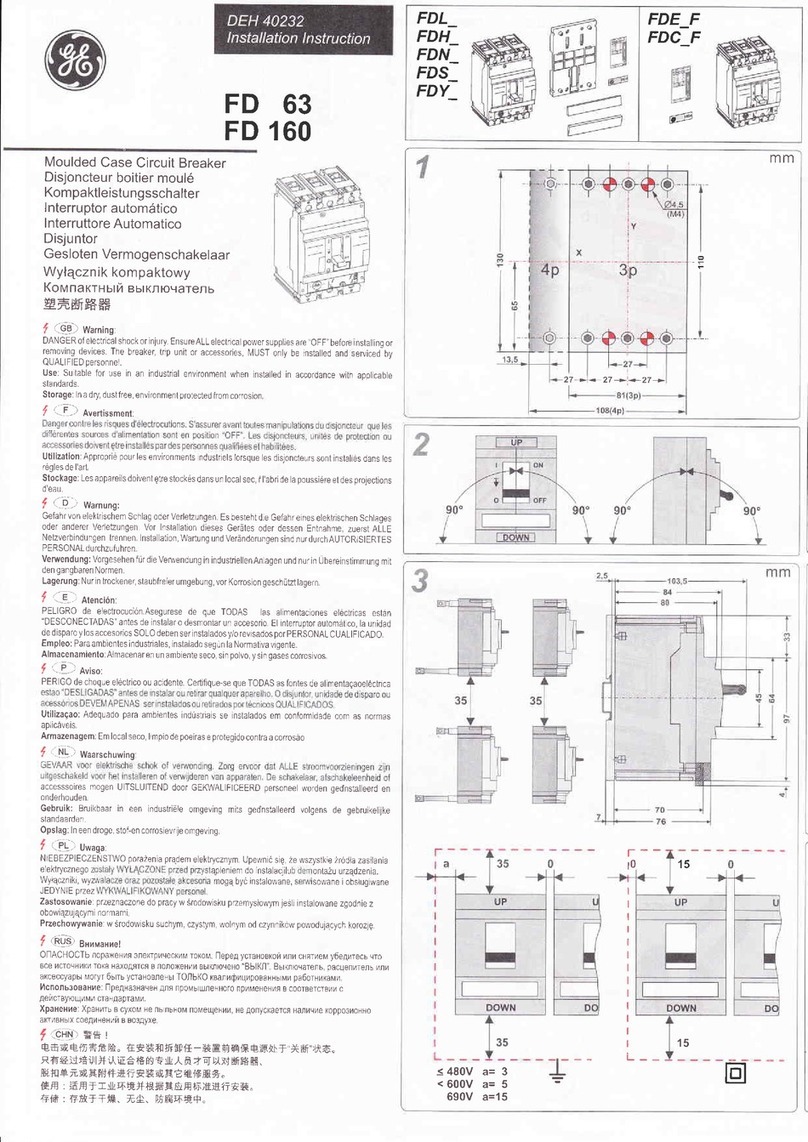
GE
GE FD 63 User manual
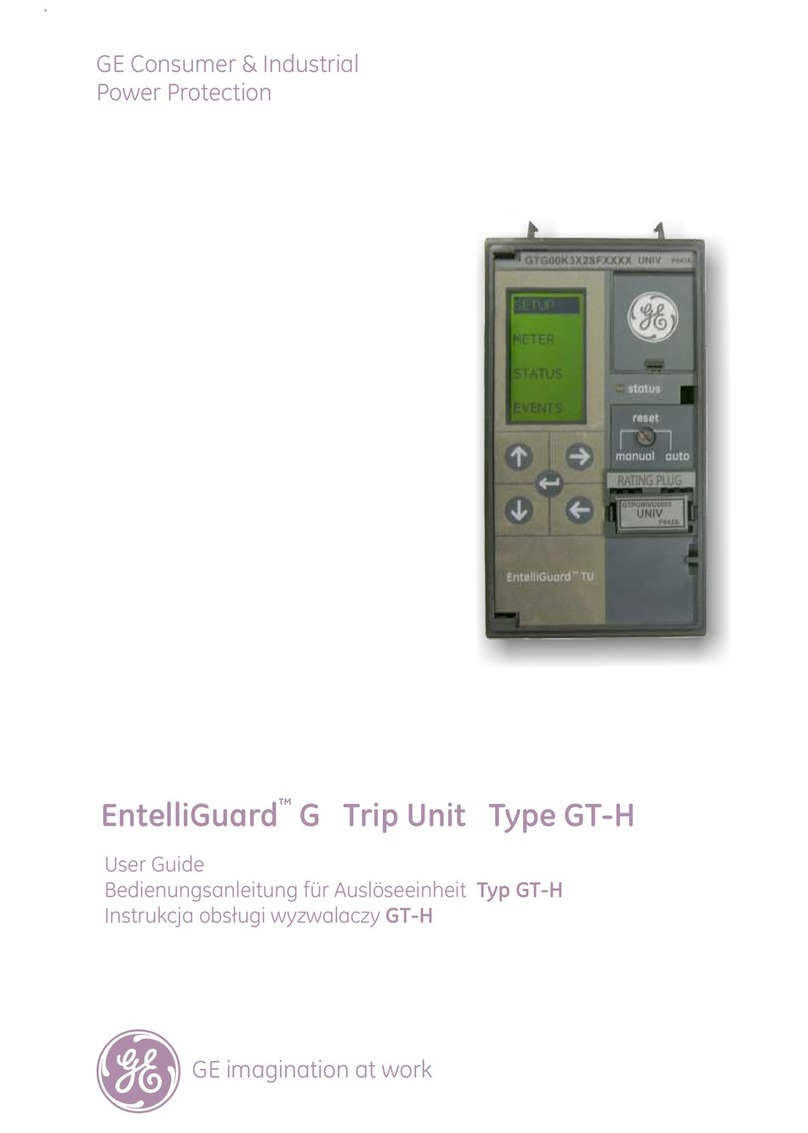
GE
GE EntelliGuard GT-H User manual
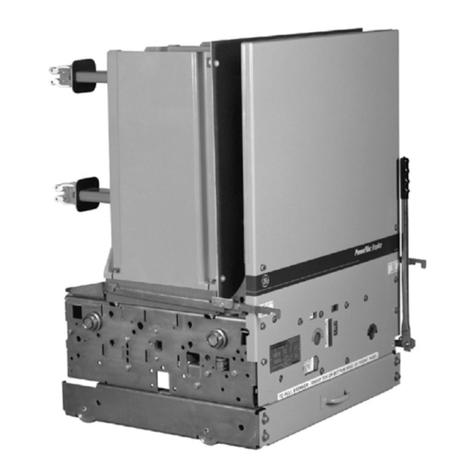
GE
GE PowerVac GEK-86132G User manual
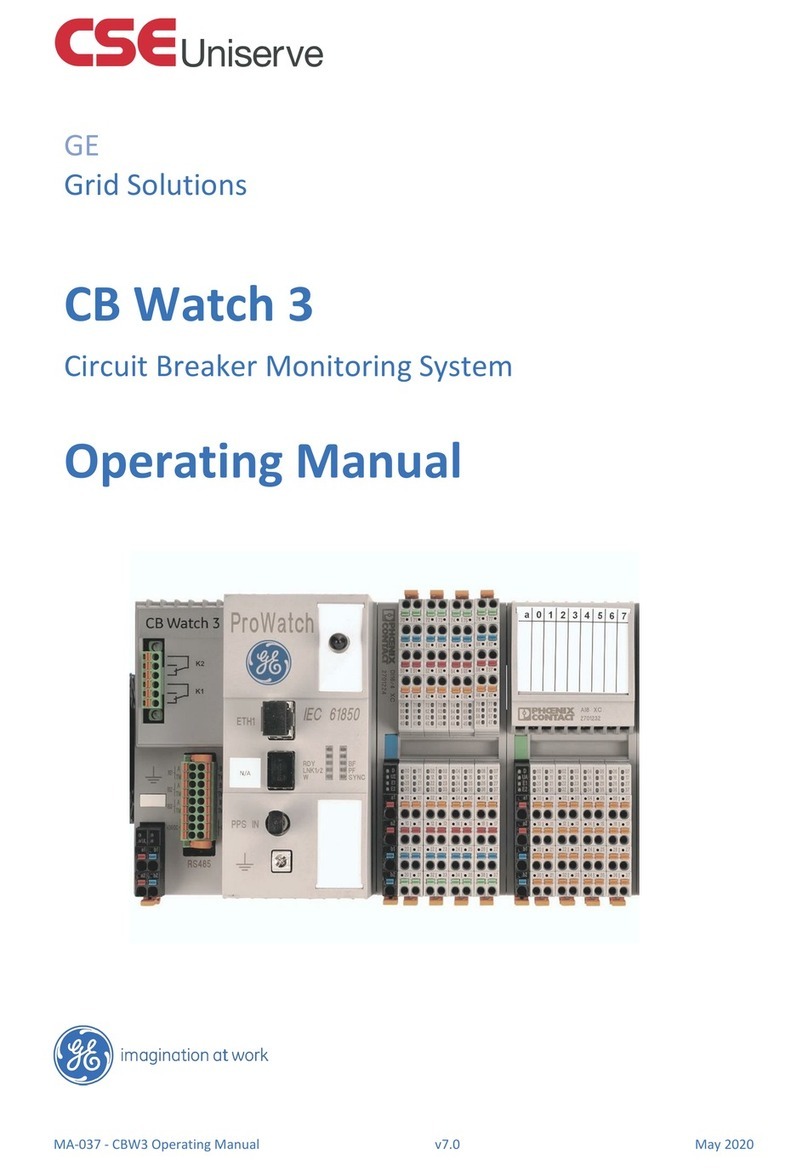
GE
GE CB Watch 3 User manual
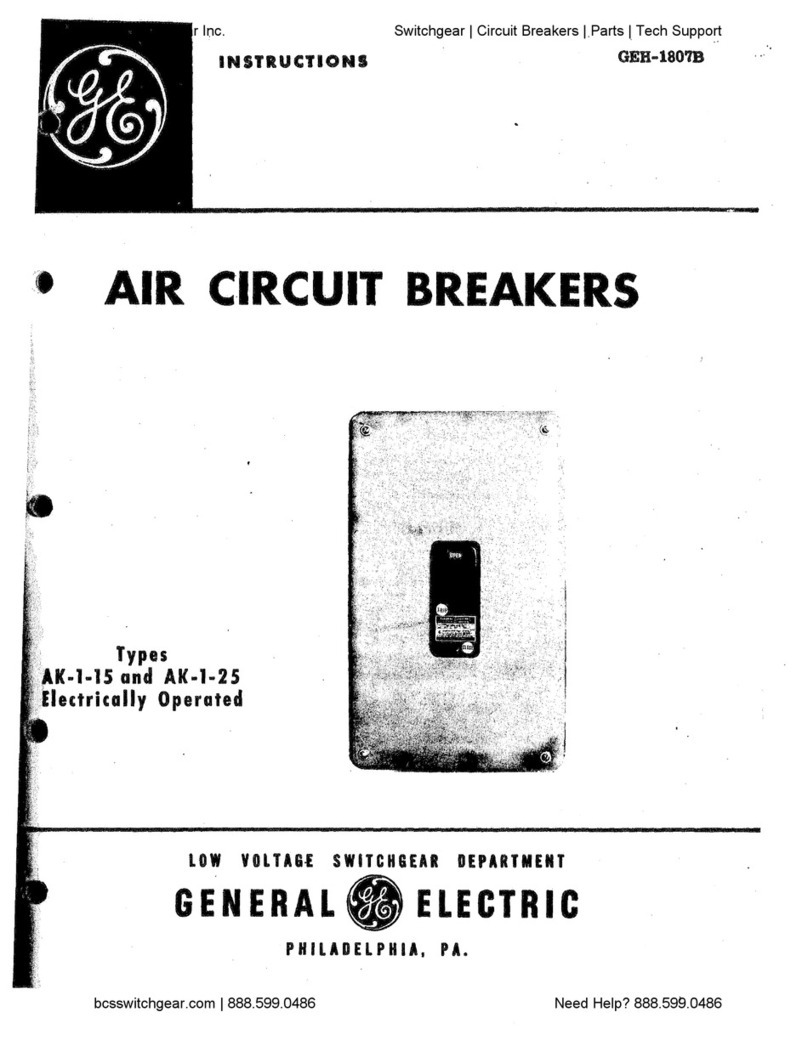
GE
GE AK-1-15 Series User manual
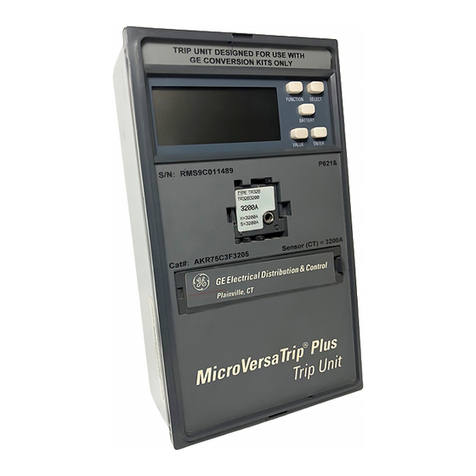
GE
GE MicroVersaTrip Plus Series User manual
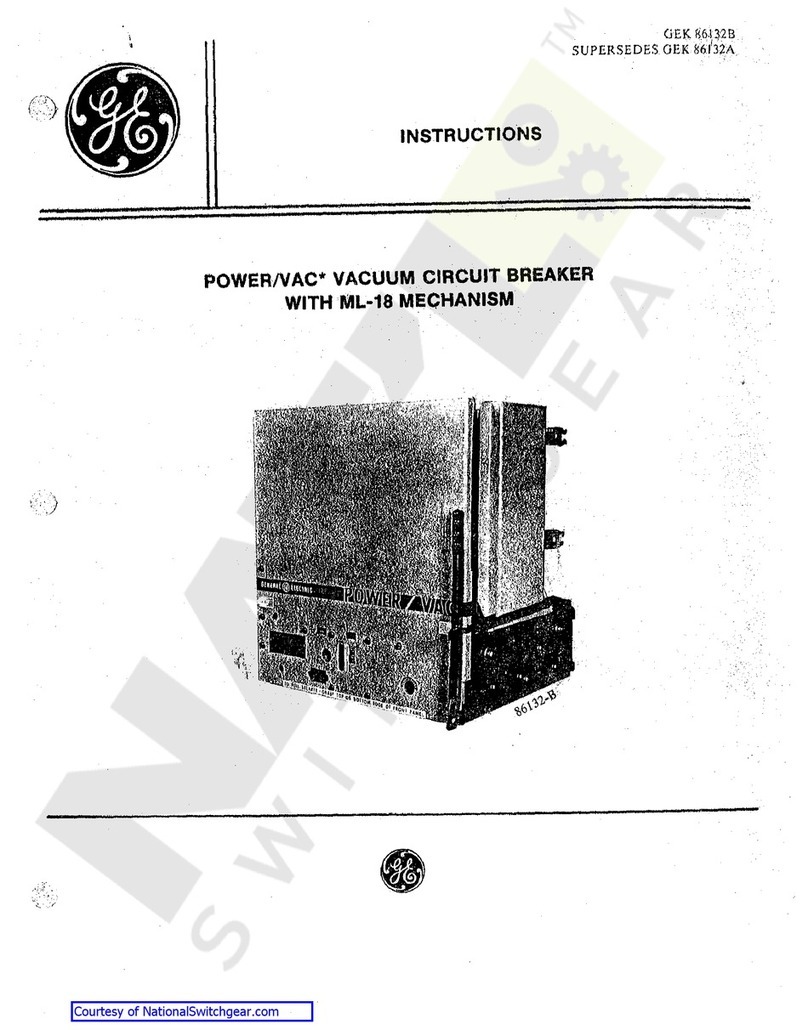
GE
GE POWER/VAC GEK 86132A User manual

GE
GE AKR-3-50 User manual
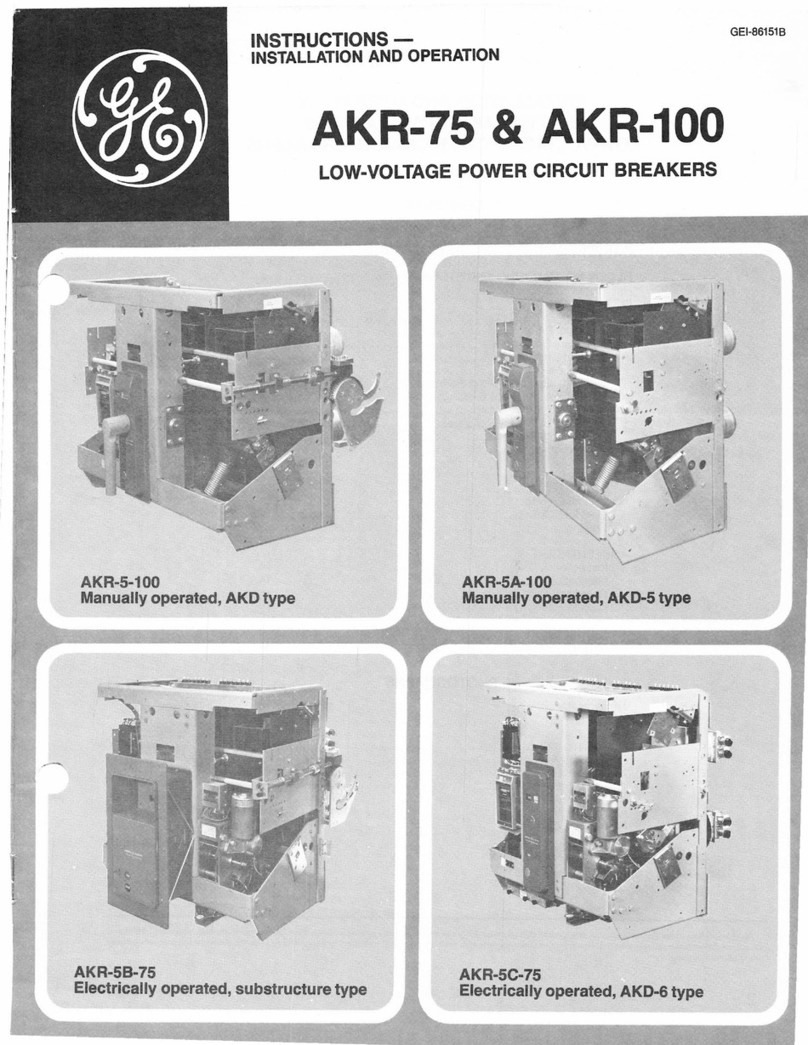
GE
GE AKR-75 Series Programming manual
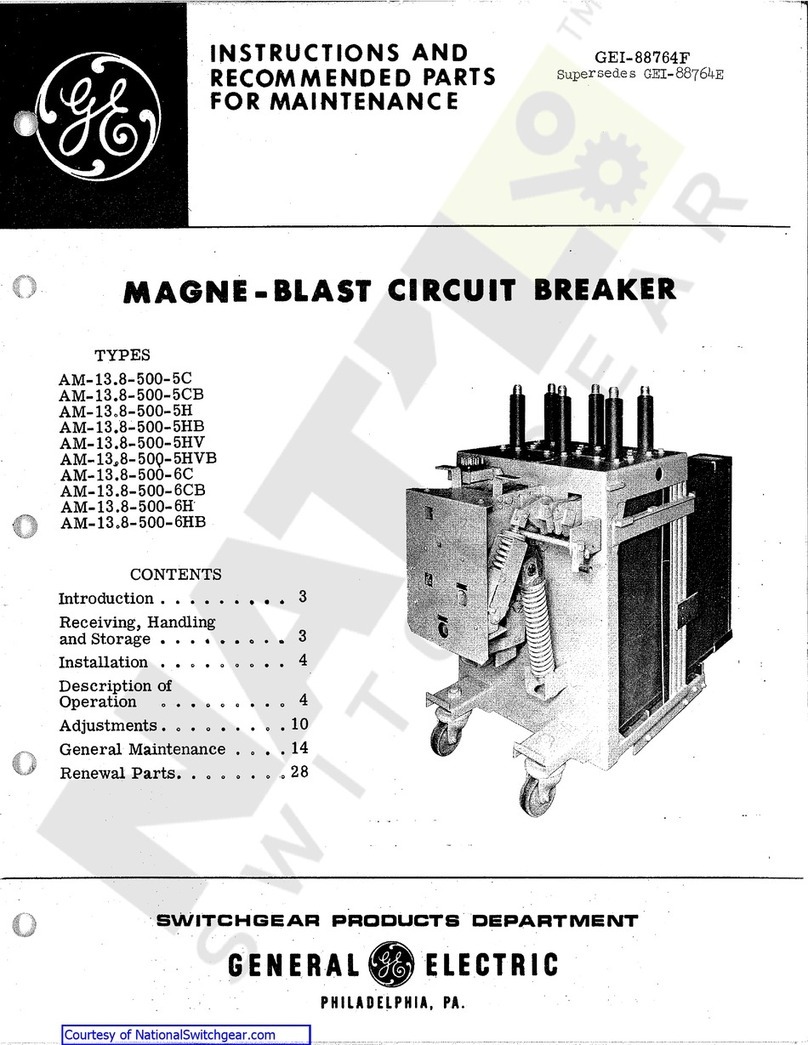
GE
GE AM-13.8-500-5C User manual
Popular Circuit Breaker manuals by other brands

WEG
WEG FHU ACW125 installation instructions

TERASAKI
TERASAKI NHP TemBreak PRO P160 Series installation instructions

Siemens
Siemens Sentron 3VA9157-0PK1 Series operating instructions

hager
hager TS 303 User instruction

ETI
ETI EFI-4B Instructions for mounting

Gladiator
Gladiator GCB150 Installation instruction
